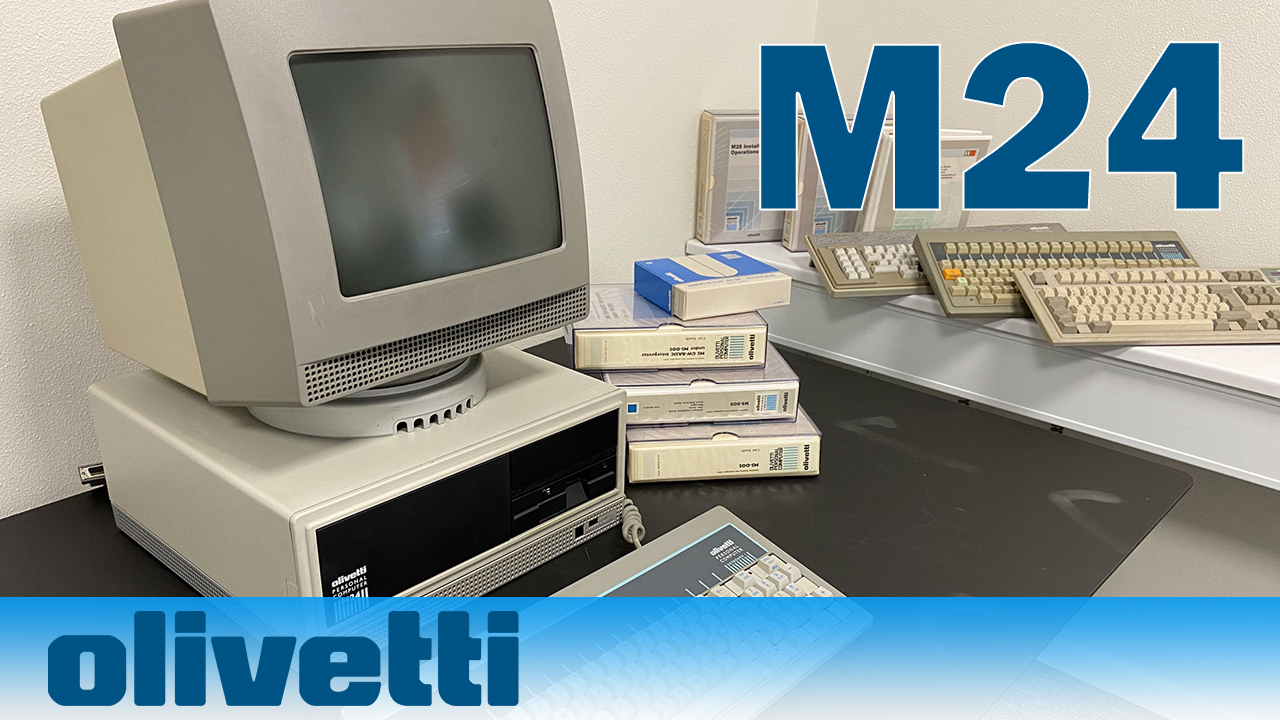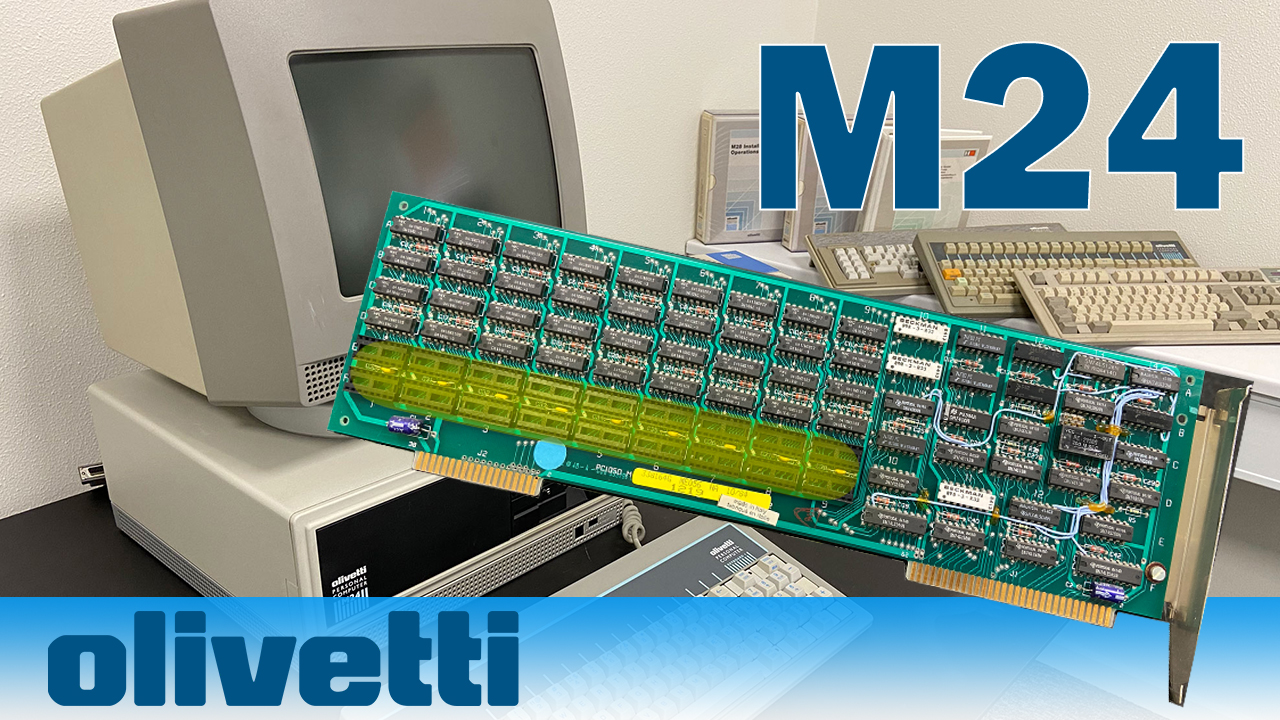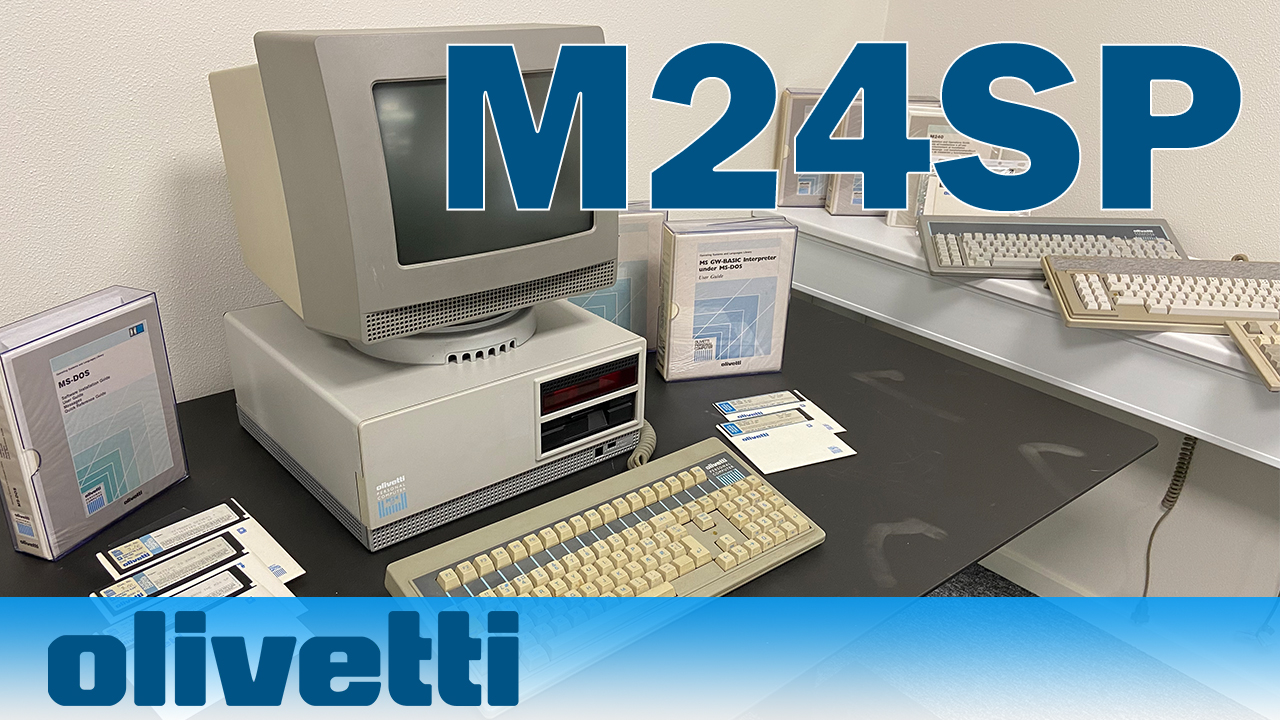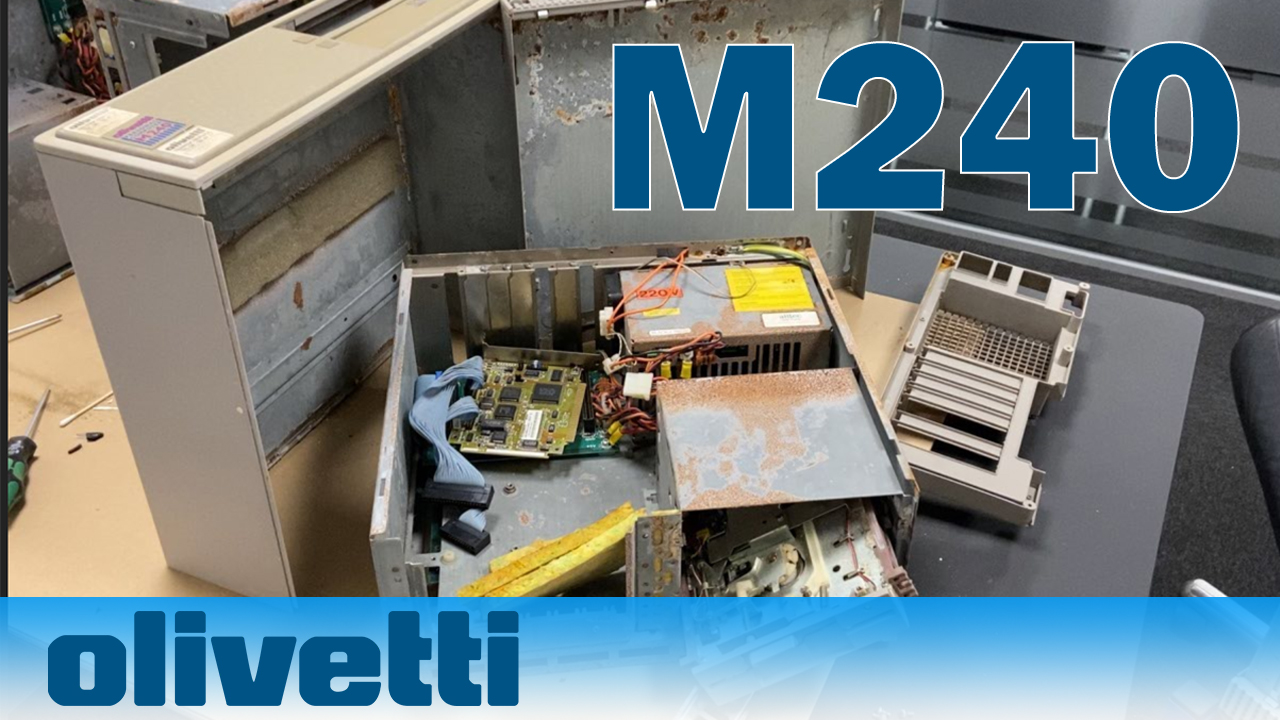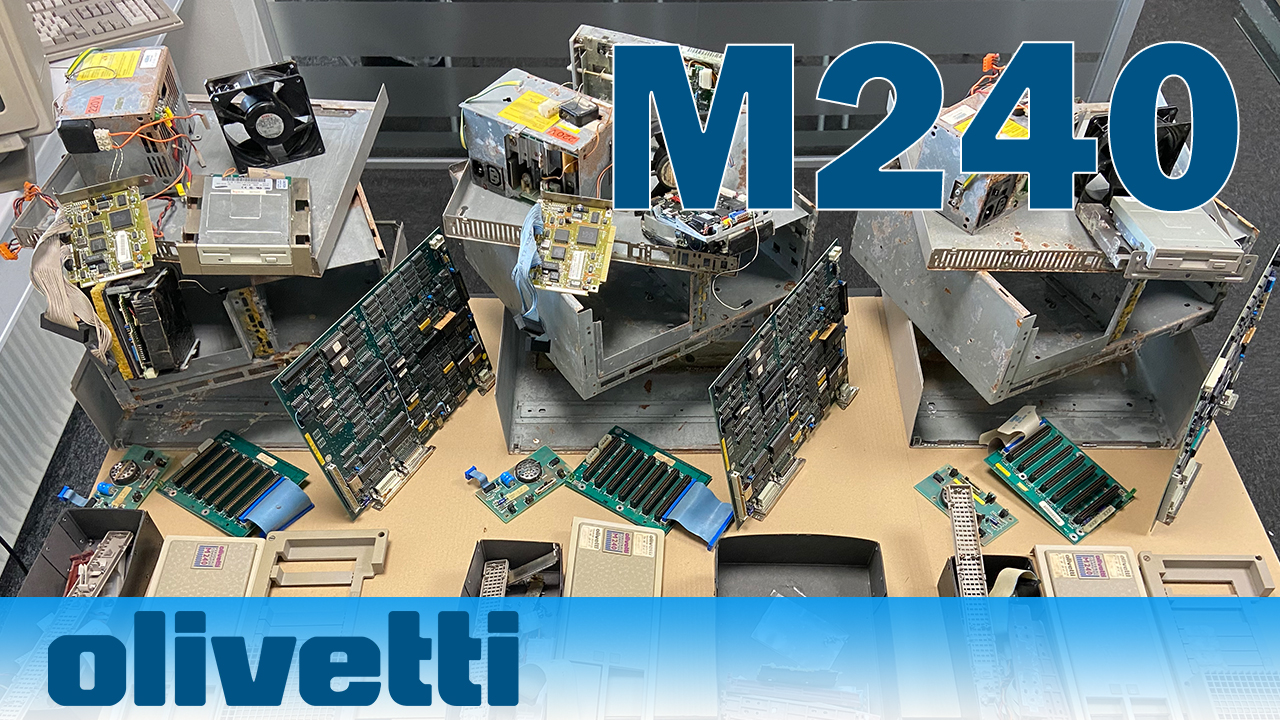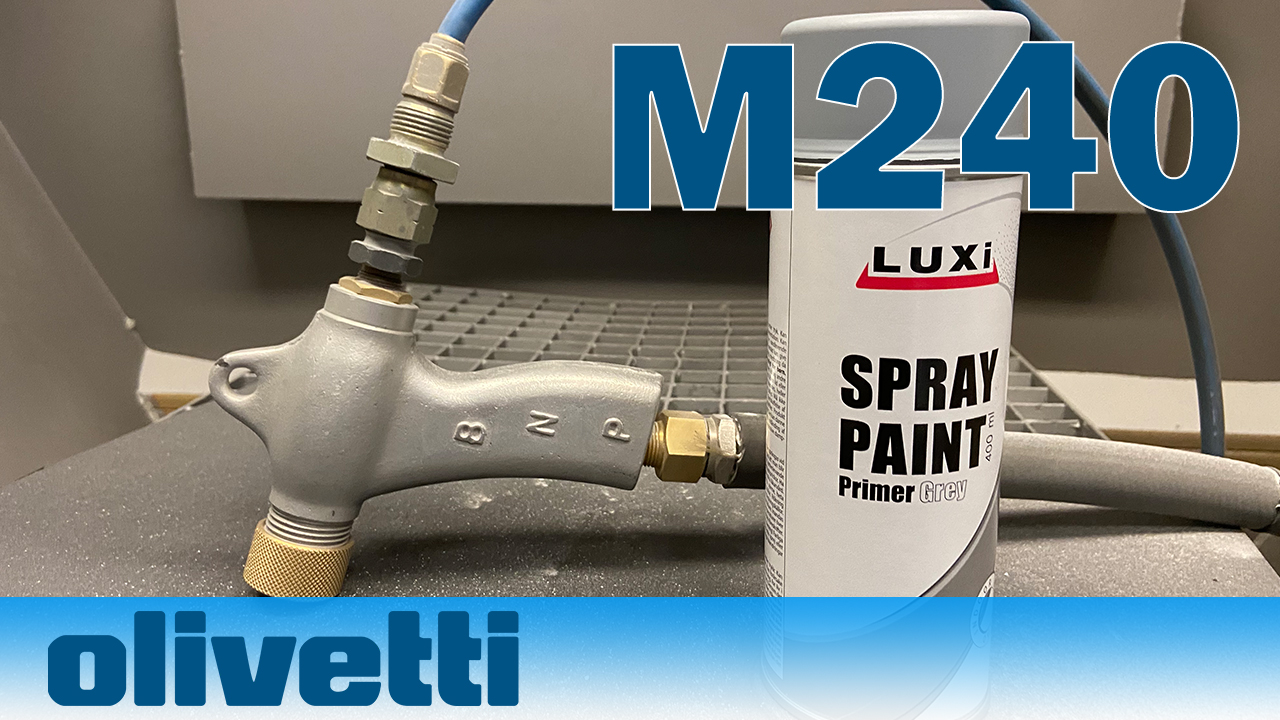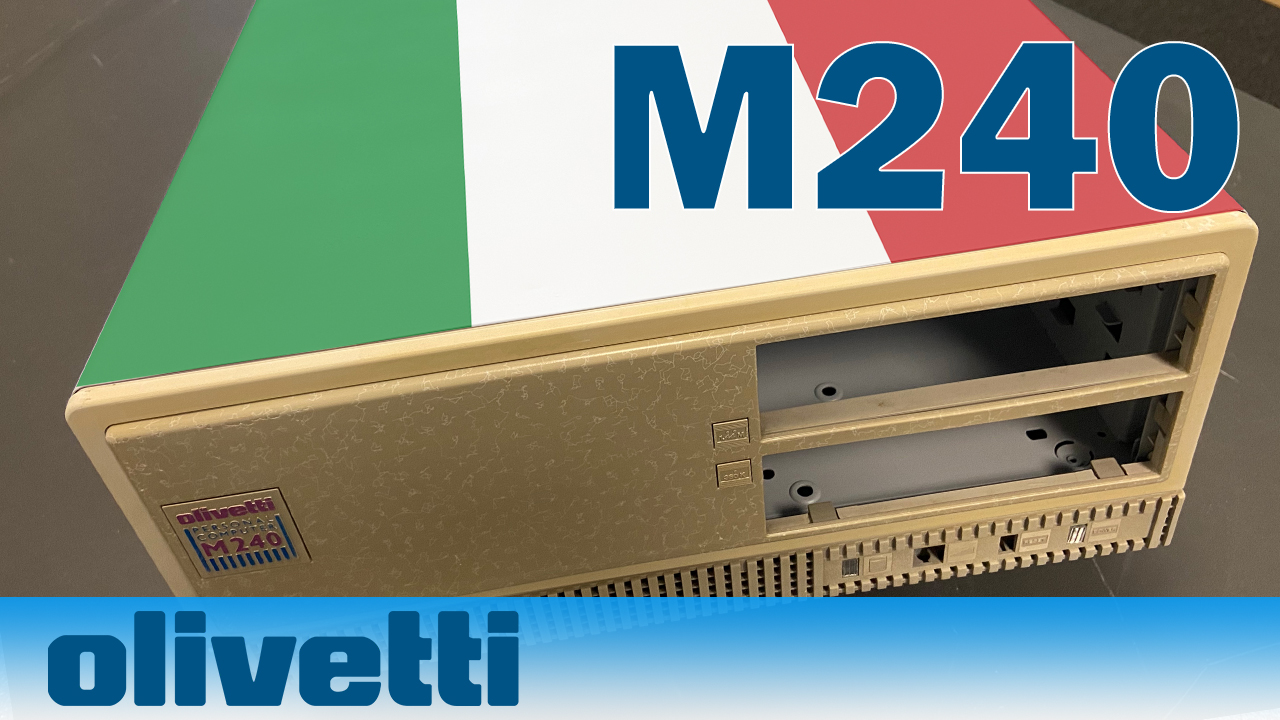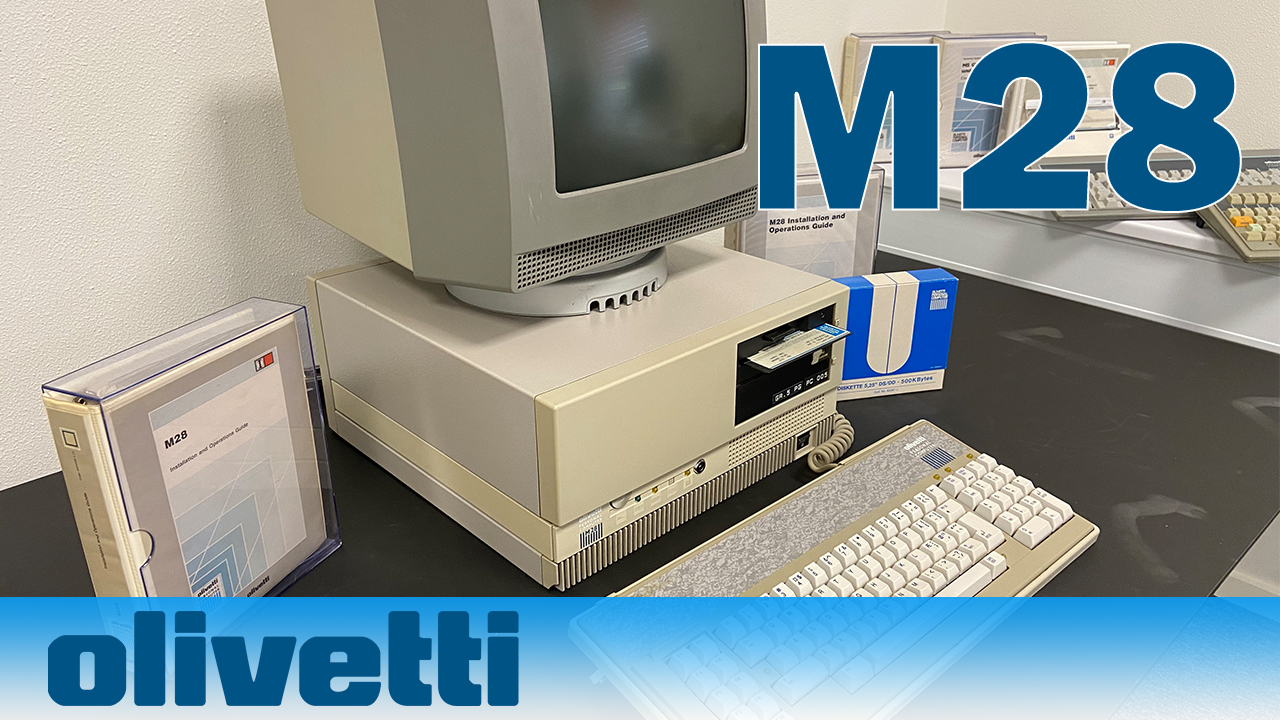"A dream seems just like a dream but when you start working on it, then it can become something infinitely bigger", Adriano Olivetti
Welcome
This is my cyber home of Olivetti computers that I clean up and bring back to life! Here you may find all sorts of information arround Olivetti computers, guides, videos and manuals.
My introduction to Olivetti computers
The year is 1985 and my father had just bought me an Olivetti M24 with double floppy drives and a color monitor. I was already the proud owner of the Amstrad CPC 464 a 8 bit computer and was programming various different small applications with the buildin Basic languages on that one, storing them all on to the build-in tape drive. It had become clear to my father that I had the talent for making computer programs and he decided that it was time to introduce a “real” computer. He had the idea that I could make some programs on the PC that would help him run his business. I started on GW-Basic and within a short time I had made a program that could calculate the salaries for his employees. Soon there after I made a bookkeeping program. It soon became clear that GW-Basic just didn’t do the job so I moved over to Turbo Pascal. I was 17 turning 18 and had no one teaching me anything about computers or programming. It was all try and guess back then way before the internet arrived so your only "friend" at that time was the libary with a tiny selection of old books.
Olivetti the company
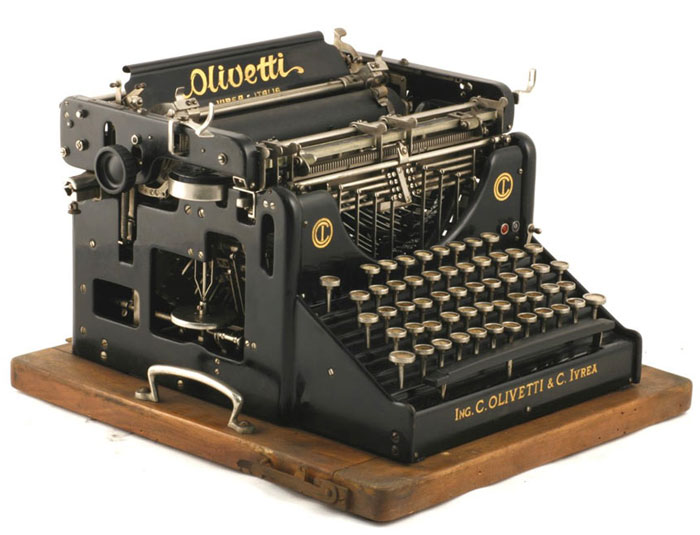 Olivetti began as an Italian typewriter manufacturer in 1908 in the Turin commune of Ivrea in Italy, debuting with its first model, the Olivetti M1 in 1911 a mechanical typewriter invented by Camillo Olivetti (1868-1943).
Olivetti began as an Italian typewriter manufacturer in 1908 in the Turin commune of Ivrea in Italy, debuting with its first model, the Olivetti M1 in 1911 a mechanical typewriter invented by Camillo Olivetti (1868-1943).
The Olivetti M1 marked the beginning of the industrial production area of mechanical typewriters in Italy.
Olivetti later opened its first overseas manufacturing plant in 1930, and its Divisumma electric calculator was there after launched in 1948.
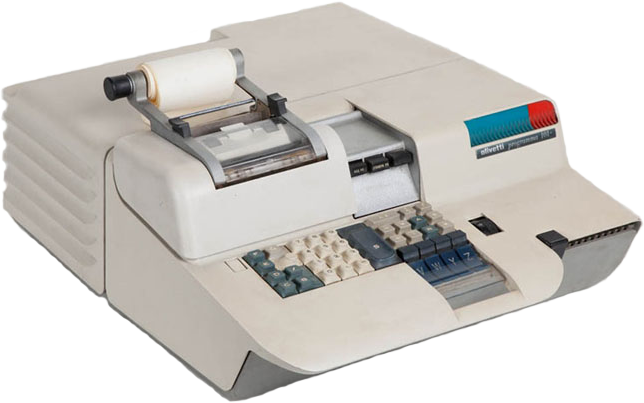 Back in 1964 a small team at Olivetti managed to developed one of the first real commercial programmable desktop computer, the Programma 101 designed by Pier Giorgio Perotto (1930-2002), that went on to become a big commercial success and was by many consider to be the world's first personal computer.
Besides the four basic arithmetic functions (addition, subtraction, multiplication, and division) it also featured square root, absolute value, and fractional part. It was even equipped with 10 memory registers so it could handle features such as clear, transfer, and exchange.
Back in 1964 a small team at Olivetti managed to developed one of the first real commercial programmable desktop computer, the Programma 101 designed by Pier Giorgio Perotto (1930-2002), that went on to become a big commercial success and was by many consider to be the world's first personal computer.
Besides the four basic arithmetic functions (addition, subtraction, multiplication, and division) it also featured square root, absolute value, and fractional part. It was even equipped with 10 memory registers so it could handle features such as clear, transfer, and exchange.
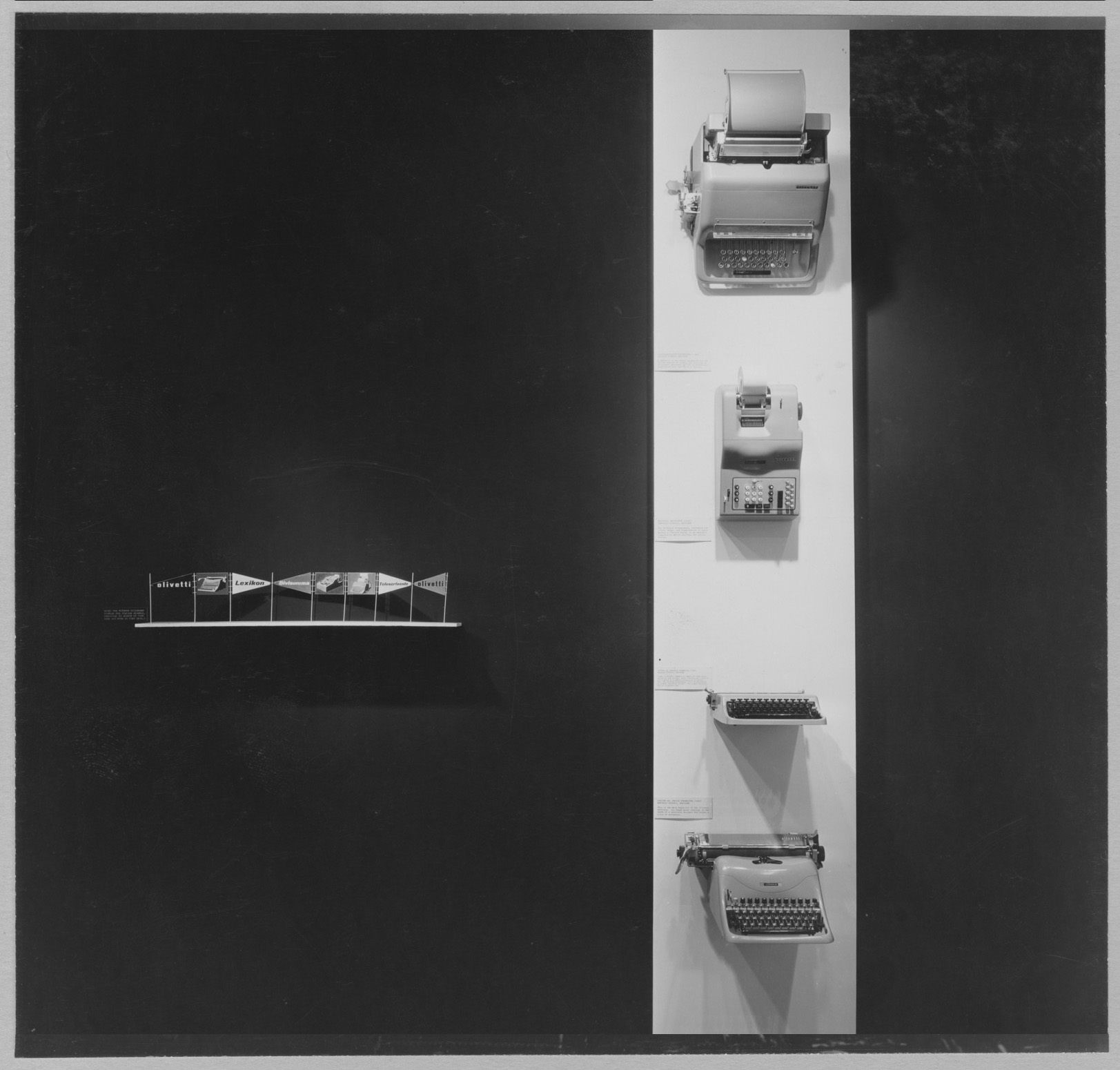 The company was famous for its industrial design and even went on having a big exhibition at the Museum of Modern Art in 1952, titled "Olivetti: Design in Industry".
An exhibition of the products, advertising designs and architecture of this Italian manufacturer.
The company was famous for its industrial design and even went on having a big exhibition at the Museum of Modern Art in 1952, titled "Olivetti: Design in Industry".
An exhibition of the products, advertising designs and architecture of this Italian manufacturer.
The purpose of the exhibition was to encourage American industries to follow the lead of this corporation in organizing all the visual aspects of the industry under a single high standard of taste.
Clearly inspired by the thriving designs that at that time came out of Italy; such as fashion and car designs.
Fun facts
- - The M in Olivetti's early PC series were inspiret from the model M1 typewriter
-
In 1985 Olivetti signed a £12 million agreement for a 49% stake in Acorn Computers Ltd.
The deal was made by Hermann Hauser and Chris Curry to allow Acorn to clear its £11 million losses made in the previous six months.
Acorn Computers Ltd. was a British computer company established in Cambridge, England, in 1978. The company produced a number of computers which were especially popular in the UK, including the BBC Micro, Acorn Electron and the Acorn Archimedes -
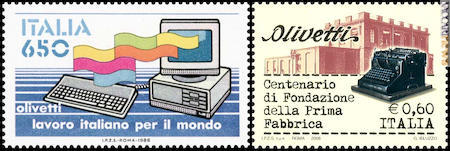 In 1986, the Italian postservice produced a 650 lira post stamp featuring and Olivetti M24
In 1986, the Italian postservice produced a 650 lira post stamp featuring and Olivetti M24
In 2008 this was followed with a post stamp featuring the Olivetti Typewriter M1
A selected range of the computers
- Olivetti M20
- Olivetti M24
- Publication: Practical Computing - May 1984 - Page 78
- Publication: Practical Computing - June 1984 - Page 35 and 74
- Olivetti M24SP
- Olivetti M10
- Olivetti M21
- Prodest PC1
- Olivetti M28
- Olivetti M28SP
- Olivetti M19
- Olivetti M15
- Olivetti M240
- Olivetti M280
The Collection
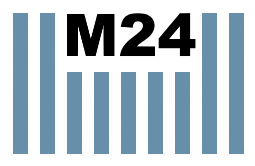
The M24 series
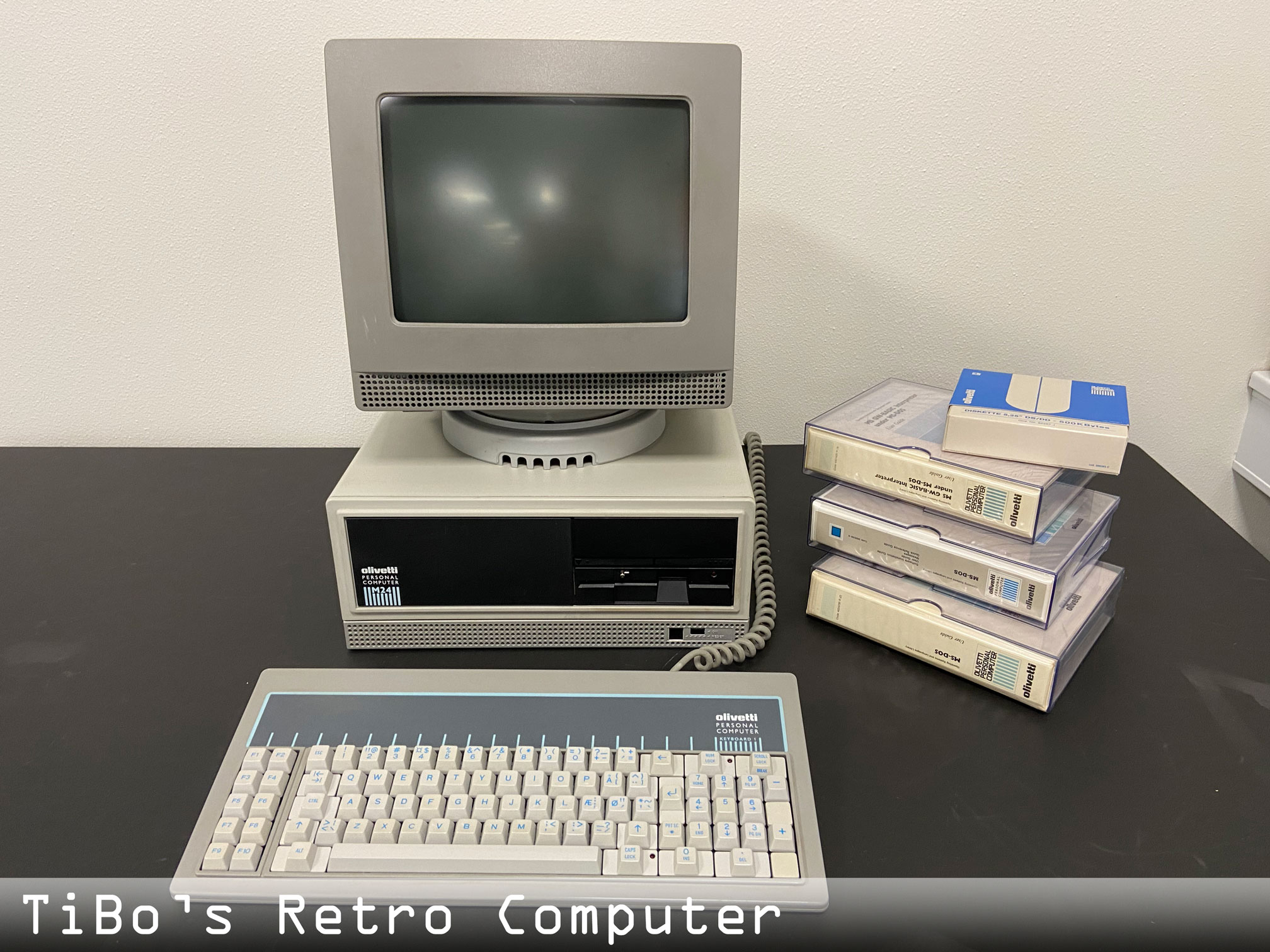 Olivetti launched the M24 in 1983. This was based around the Intel 8086-2 which ran at a respectable 8 MHz.
Olivetti launched the M24 in 1983. This was based around the Intel 8086-2 which ran at a respectable 8 MHz.
On many levels the Olivetti computer was ahead of its time not only in the design but also in it's hardware.
Its graphics capability was to some extend at that time a bit odd, as it had an biuld-in enhanced CGA video card which in addition to the standard 320 x 200 also supported 640 x 400 x 2-colours.
It did required a proprietary dual-sync monitor with a 25-pin D-sub connector.
The keyboard connector did also different from the IBM PC/XT, in that it used a 9-pin D-sub instead of a round DIN. But it was compatible with the later PS/2 pinouts.
A Olivetti mouse could be plugged directly into the keyboard.
The mouse could be configured to simulate the usage of the keyboard's arrow keys in DOS applications without mouse support.
This is similar to how the Amstrad PC1512 mouse worked.
All M24s were bundled with MS-DOS 2.1 by Olivetti
Olivetti also licensed both Xerox and AT&T in US and Logabax in France to release the M24 under their respective brands, as the Xerox 6060, the AT&T PC 6300 and Persona 1600.
By 1986 the M24 was the #1 market leader in Europe, with approximately 300,000 M24s being sold that year.
Due to this high level of sales, Olivetti was branded the third largest PC manufacturer in the world.
Fun facts
- Internally the Olivetti M series was known as PC1050. A label you will see on all the motherboards and some of Olivetti's own expansion cards such as the CRT card
- Having the Intel 8086-2 CPU running at 8/10 Mhz also made it the worlds first overclocked PC
Olivetti M24 - Serial# 55020
This computer was kindly lent out from the Danish Society for Computer History
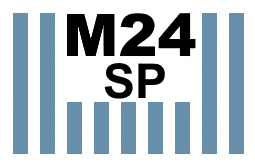
The M24SP series
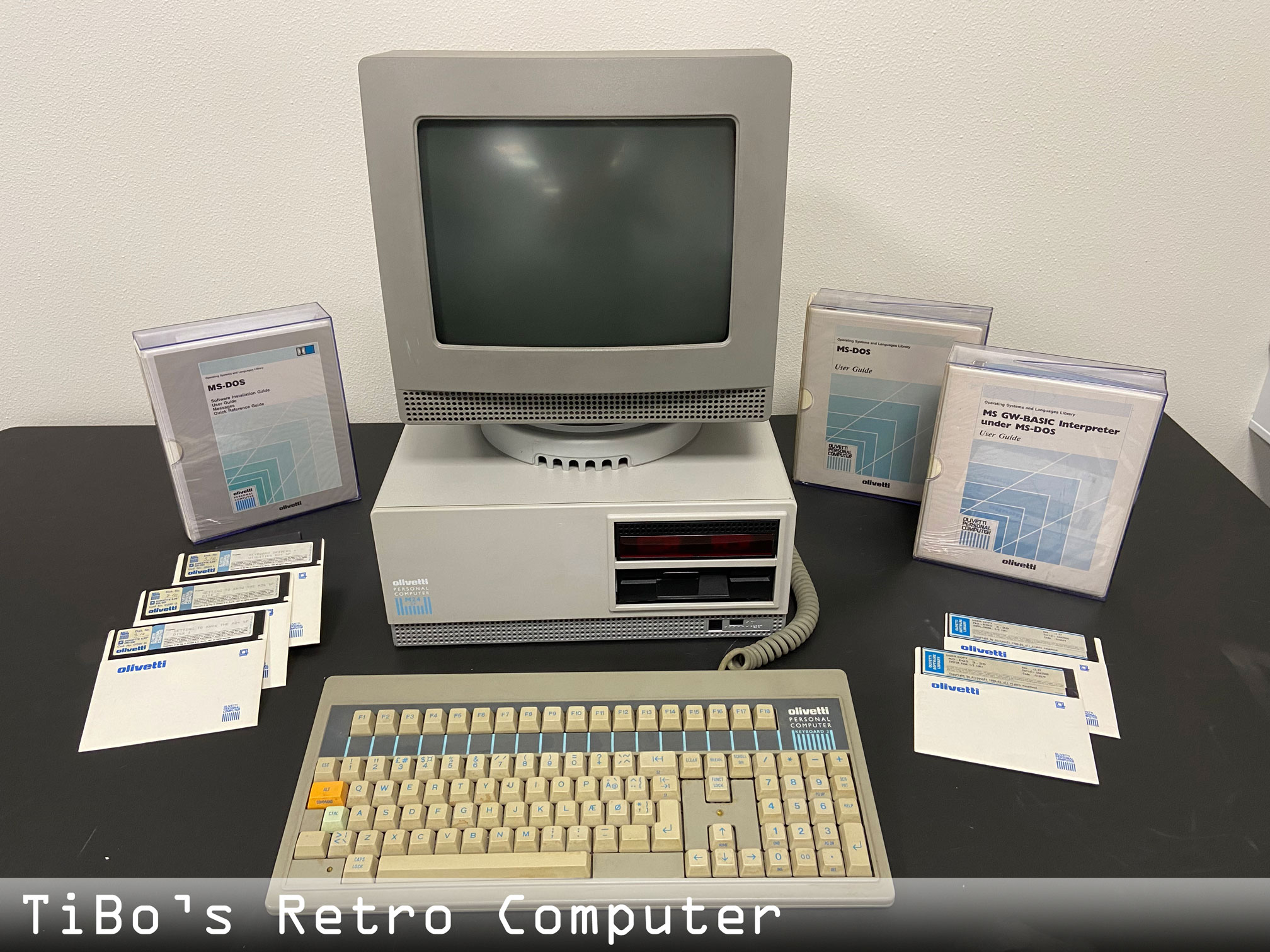 Olivetti launched the M24SP in 1985. This computer was basicly the same as the M24 just with a faster Intel 8086 CPU - Running at 10 MHz.
Olivetti launched the M24SP in 1985. This computer was basicly the same as the M24 just with a faster Intel 8086 CPU - Running at 10 MHz.
From the outside, the front cover changed a bit compared to the M24, but the inside was 99% the same setup.
Olivetti M24SP - Serial# 5816351
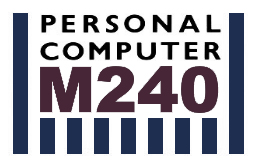
The M240 series
Olivetti M240 - Serial# 6181703, 9002230 and 9002322
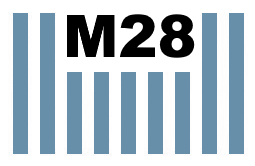
The M28 series
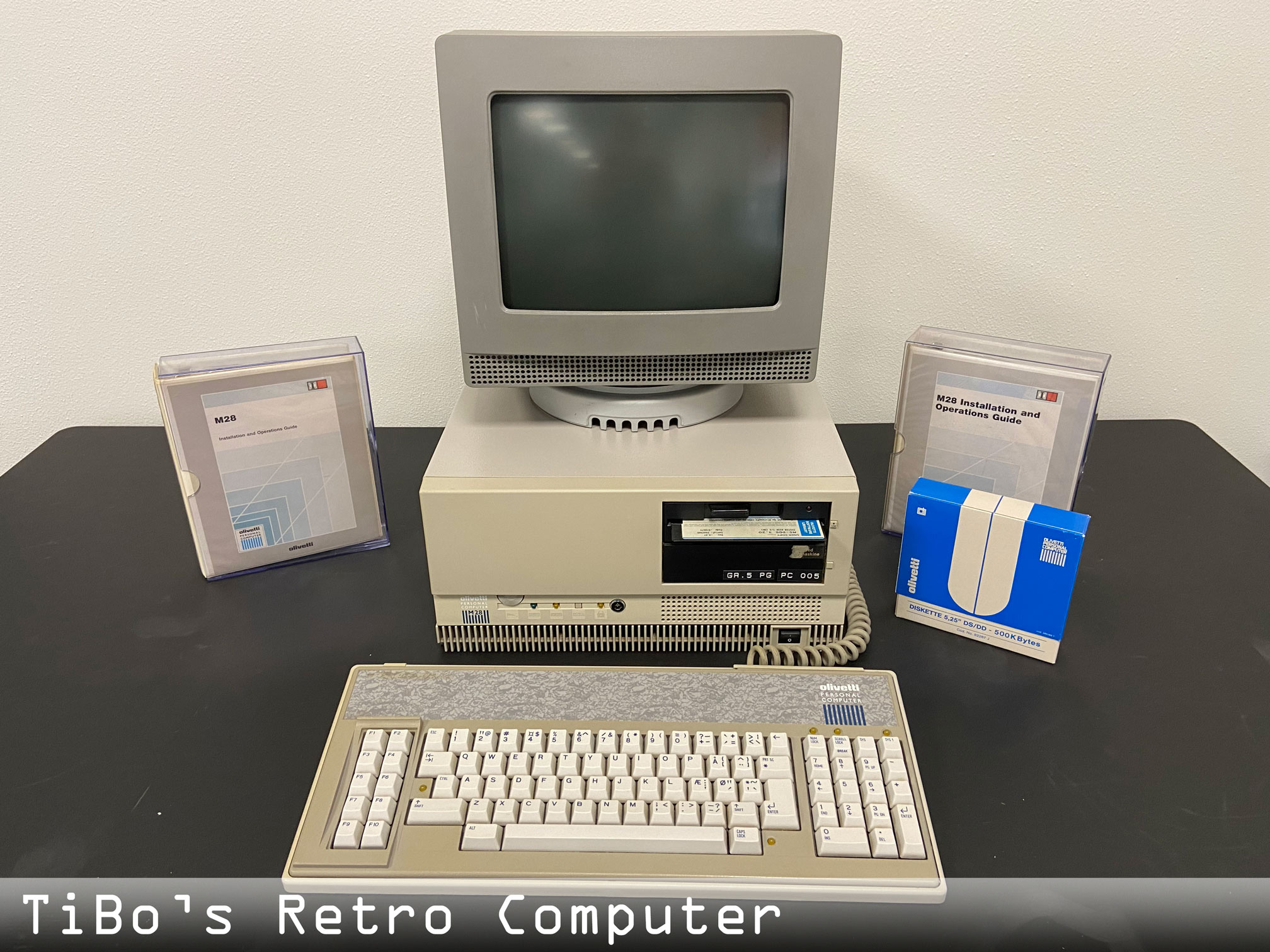 The M28 is the "IBM AT" computer featuring an Intel 80286 running at 8 MHz.
The M28 is the "IBM AT" computer featuring an Intel 80286 running at 8 MHz.
From the front the unit is now featured with a 3 unit drive casing where as the M24 only had 2 units.
Olivetti M28 - Serial# 2066433
This computer was kindly lent out from the Danish Society for Computer History
